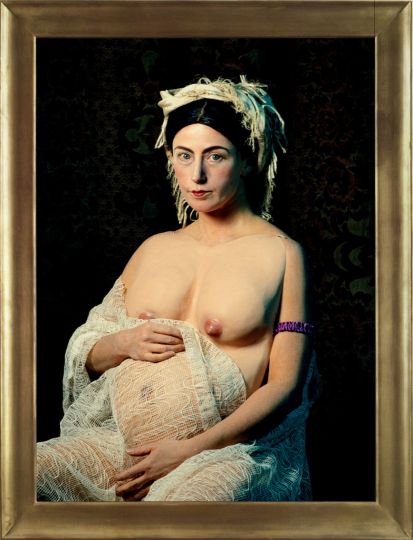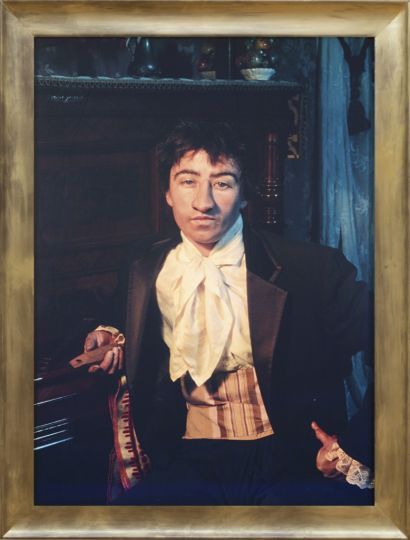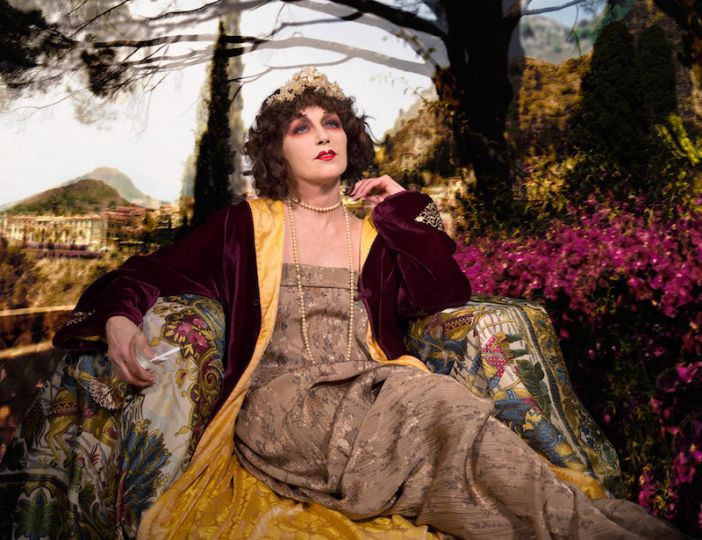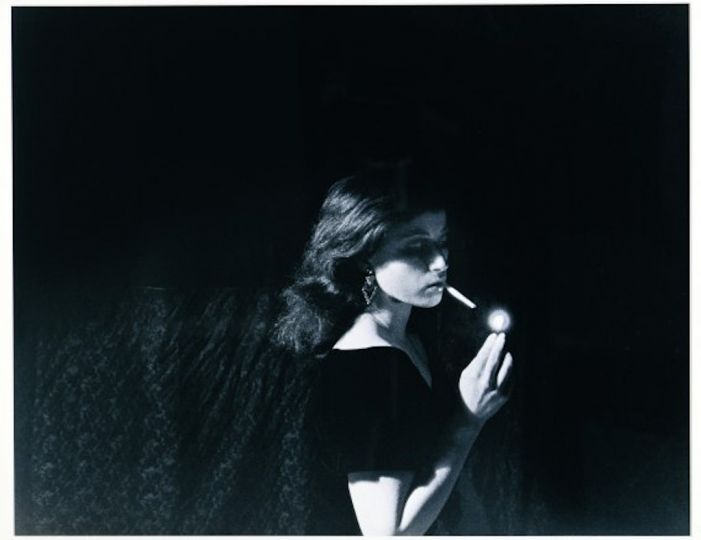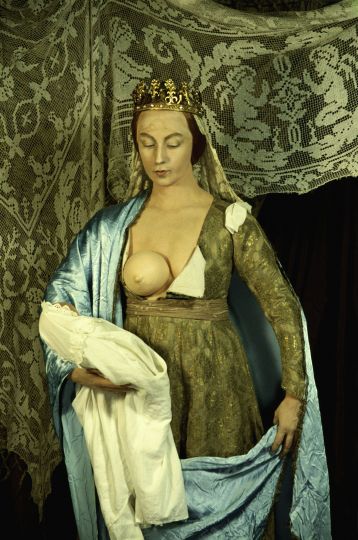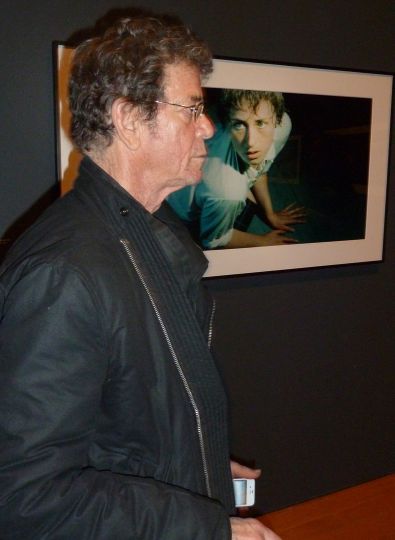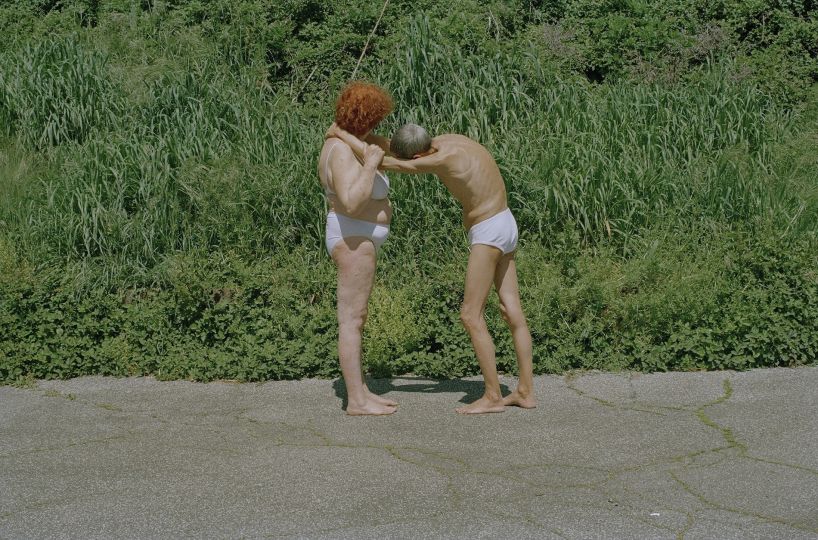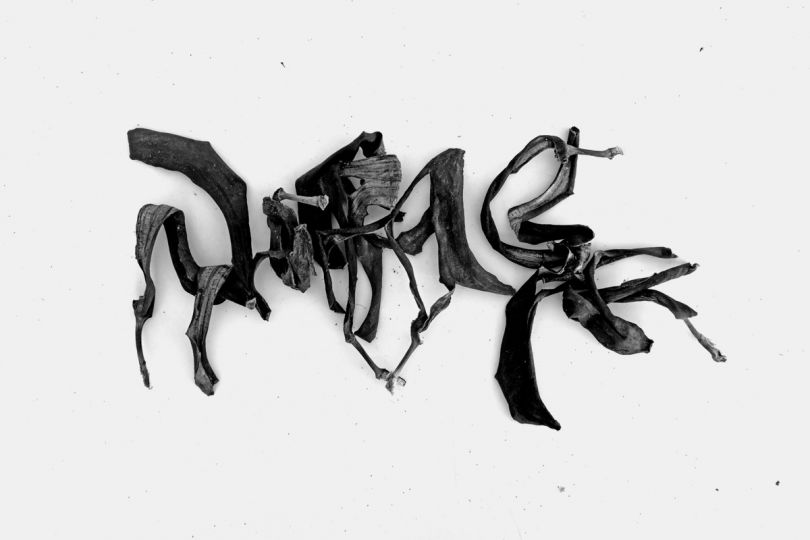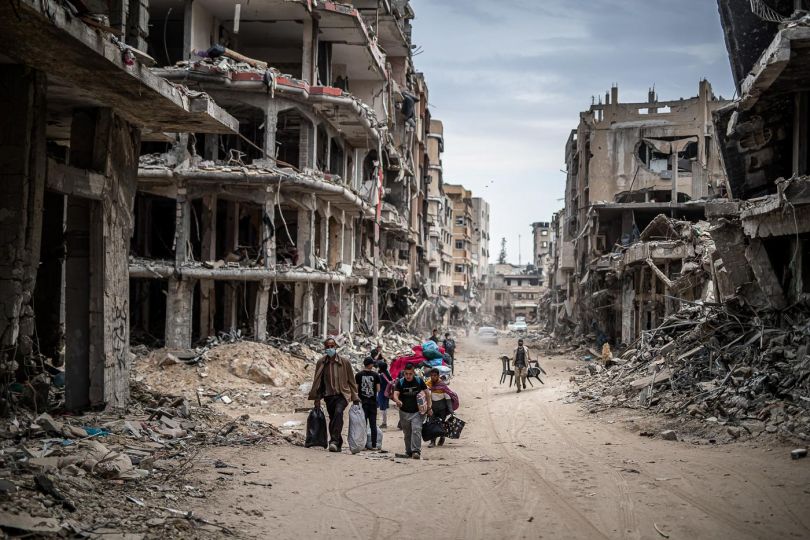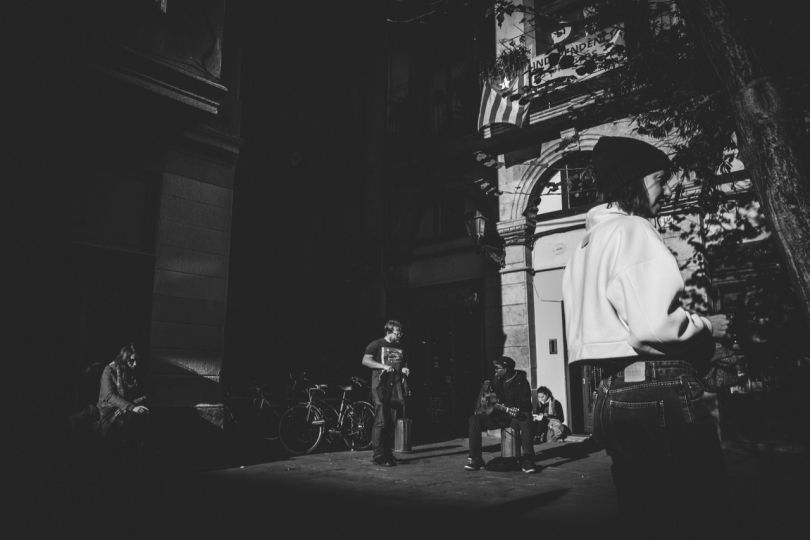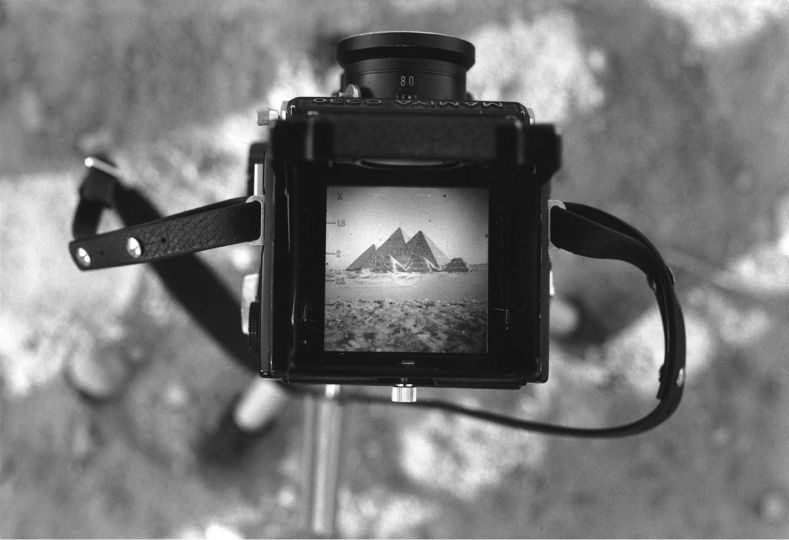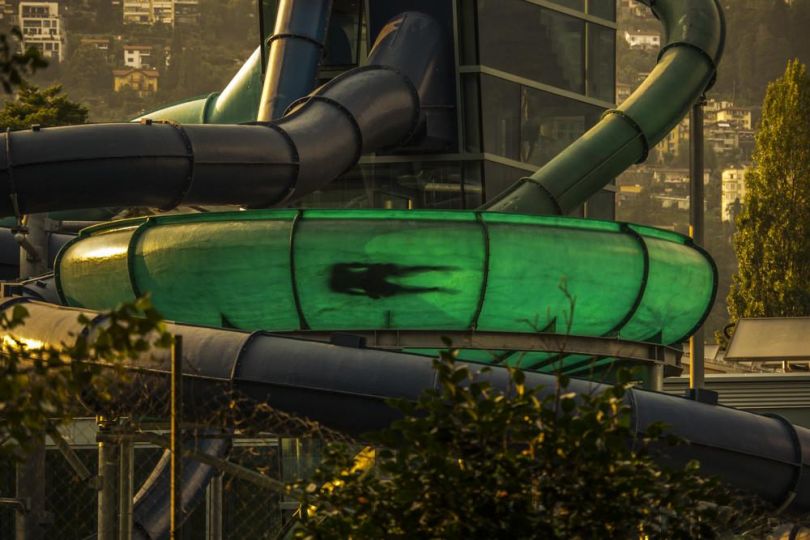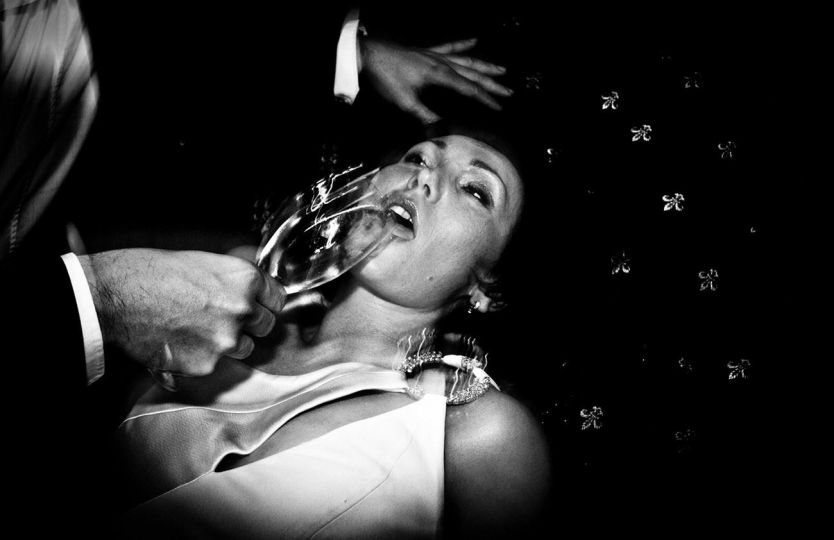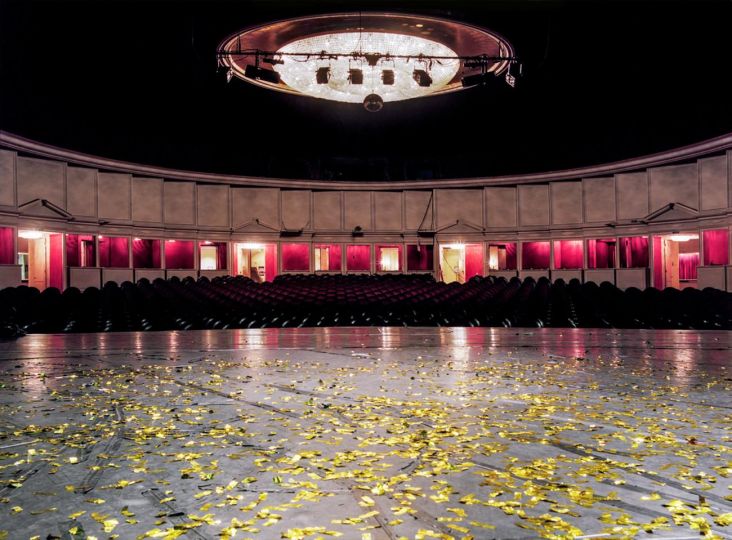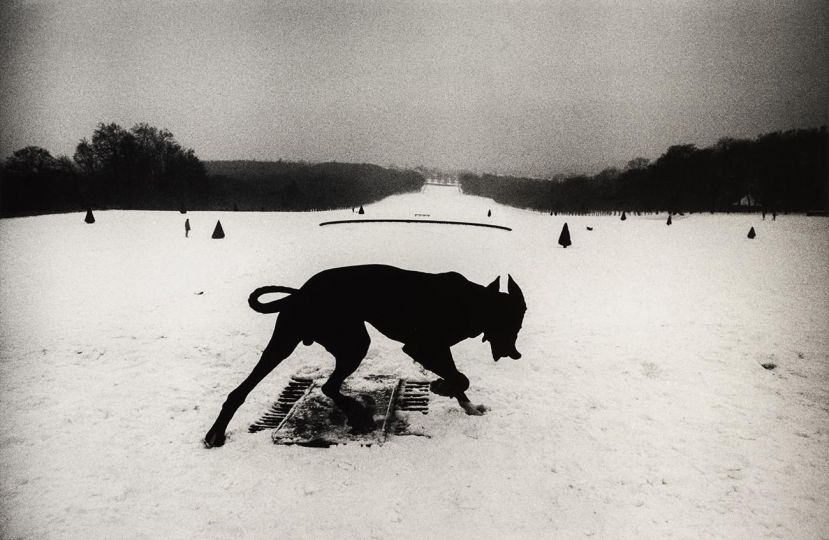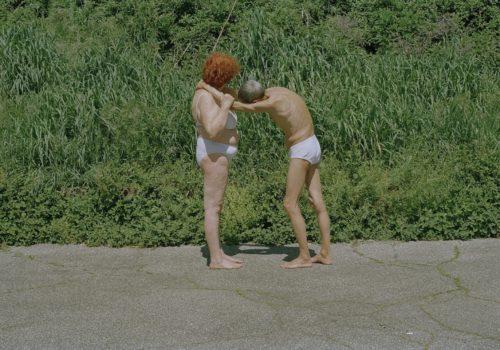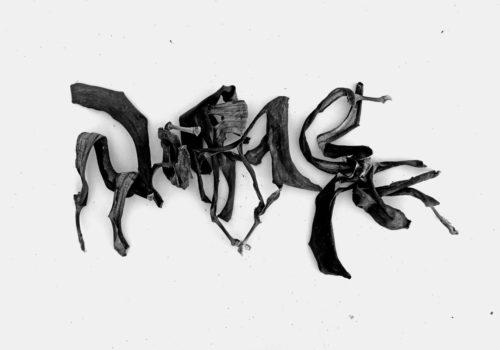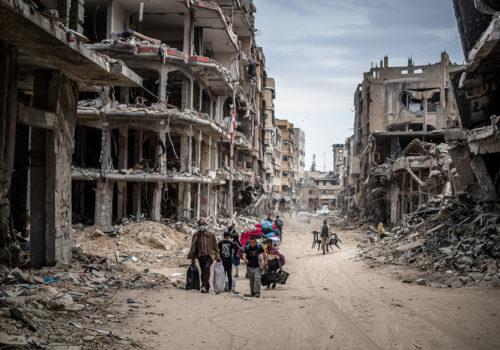Dominant figures in contemporary art, both Cindy Sherman and David Salle were key figures in the influential ‘Pictures Generation’ art movement of the mid 1970s and 80s in New York. Emerging onto the art scene during this media-dominated era, both Sherman and Salle, like many of their contemporaries, drew upon existing imagery as inspiration for their own richly layered work.
First exhibited in London at Waddington Galleries in 1989 and Gagosian Gallery, New York in 1991, David Salle’s Tapestry Paintings are a pastiche on sixteenth and seventeenth-century Italian and Dutch genre styles. The background imagery is drawn from narrative scenes from historical tapestries, some of which are reproductions of famous works, others are by an anonymous Russian tapestry-maker, which Salle found reproduced in a magazine and copied onto canvas. Demonstrating a richness of imagery and compositional complexity, this body of work is one of Salle’s most accomplished. A select number of Tapestry Paintings were included in the touring retrospective of Salle’s work, which originated at the Stedelijk Museum, Amsterdam in 1999, though paintings from this pivotal series have not been exhibited since.
Presented on a grand scale, in a nod to the monumental proportions of historical tapestries, the Tapestry Paintings eschew the narrative tendencies of their source material, demonstrating instead a simultaneity of styles. Delicately tinted, the pale backgrounds are deliberately rococo, with smaller grisaille paintings and colored motifs inset into the canvas. The multi-layered images are instilled with rhythm and velocity, which the eye distills as it zooms in and out of focus over the surface.
In this unique body of work, Salle neutralizes narrative conventions, instead creating a dialogue between art historical references and genres through his incorporation of decorative imagery of furniture, painted images of African masks and Giacometti sculptures, among others. Alive with colliding imagery, the visual cacophony of the Tapestry Paintings emphasizes the primacy of seeing.
Also overt in their stylistic references, Cindy Sherman’s History Portraits take their inspiration from noble historical paintings from the renaissance, baroque, rococo and neo-classical periods. Inspired directly by painted portraits by Raphael, Caravaggio, Ingres and Rubens among others, Sherman uses a range of props and costumes in her classically composed images to play up to the clichés of subjective portraiture.
Throughout her extensive body of work, Sherman has assumed the role of both model and creator of her images. Adopting different styles and personas, she plays upon the stereotypes of women as portrayed in art and propagated in the media. Through her use of props and obvious prosthetic body parts, Sherman draws attention to the performative aspects of her work, thereby calling into question the validity of these male-attributed gender stereotypes.
Invited to collaborate with the French porcelain house Limoges, Sherman made several images, notably Untitled #183, 1988, loosely based on Madame de Pompadour. Continuing with her research of characters, Sherman created the Citoyennes, Citoyens series, exhibited in Paris in 1989 for the anniversary of the French Revolution. Expanding this theme during a prolonged stay in Rome, Sherman made thirteen portraits based on Renaissance paintings which were exhibited alongside the French series at Metro Pictures, New York in 1990. Sherman eventually made a third series of history portraits drawing inspiration largely from the Renaissance and the seventeenth century.
Evoking the art of painting, Sherman’s re-interpretations are full of theatricality and artifice, calling into question the nature of representation throughout art history and the relationship between painter and model. Intrinsic to each of Sherman’s portraits are their ornate gilded frames, which she designed to emphasize the painterly references in each of the works. The glossy surface and saturated colors of these photographs bring to the fore the artificiality of Sherman’s composition, heightening the theatricality of the performance encased within the frame.
The theme of performance is also central to Salle’s oeuvre. With a long-standing involvement in theatre, Salle has collaborated for over 25 years with choreographer Karole Armitage, creating sets and costumes for her ballets and operas. Pre-dating his seminal Ghost Paintings of 1992, which merge painting, photography and performance, the Tapestry Paintings demonstrate the cross-cultural performative influences on Salle’s work through the incorporation of insert paintings of dancers and photo-transfer images of his own staged photographs. With their juxtaposition of imagery and cultural references, these large-scale paintings are choreographed performances in their own right, their surface a stage for Salle’s ongoing exploration of the performative nature of painting.
In the History Portraits Sherman explores the traditional genre of painting with a multi-layered approach both physically and conceptually. The heavy draped fabrics that form the backdrops of the portraits and the rich, dense coloration of the photographic surface give physical form to her appropriation of this historical genre. Whereas in Salle’s Tapestry Paintings, the layering of numerous citations from across the history of art and design multiplies the number of possible interpretations and offers an alternative notion of authorship.
Positioning these bodies of work in dialogue, the exhibition explores the shared visual strategies and the performative aspects intrinsic to the artists’ work. Created during the same period, the History Portraits and Tapestry Paintings invite us to reflect on the coincidence of the artists’ shared translation of historical sources at this particular moment of contemporary art history and to contemplate the role played by their chosen mediums of painting and photography. The borrowing by Sherman and Salle of visual modes and styles to create a layered pastiche that is original and inventive underlines the success of their artistry, and the continued importance of these historical bodies of work as context for contemporary thought and practice.
Cindy Sherman and David Salle: History Portraits and Tapestry Paintings
1st October – 26th November, 2016
Skarstedt London Gallery
8 Bennet St
London SW1A 1RP
England
http://www.skarstedt.com/

